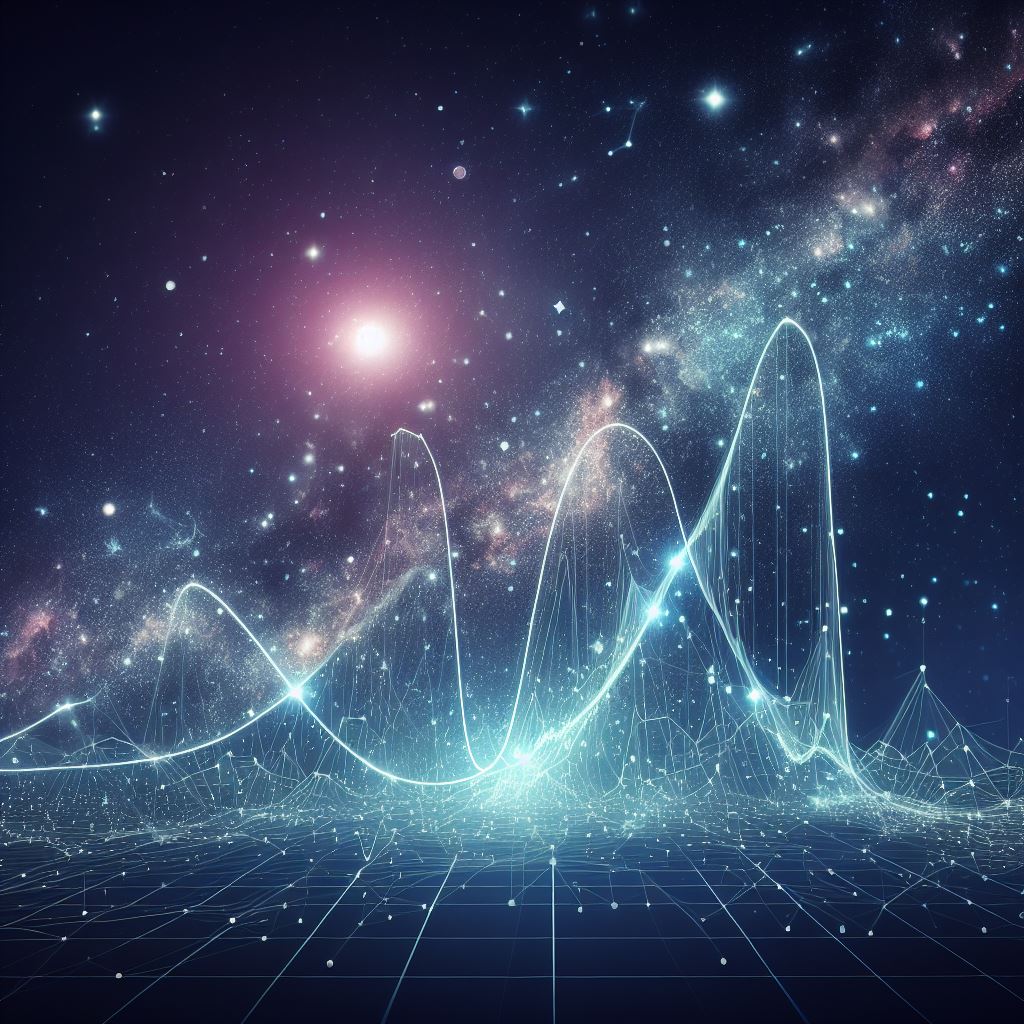Flarestar Observatory, situated on the island of Malta, proudly holds the International Astronomical Union/Minor Planet Center (IAU/MPC) Observatory Code: 171. This private astronomical facility is dedicated to the acquisition of high-precision photometric data on variable stars and asteroids, with a commitment to sharing these findings with pertinent academic institutions and through scientific publications. The observatory's research endeavors predominantly encompass photometric studies of minor planets, cataclysmic variable stars, microlensing events, and exoplanets. This work is conducted in synergy with a global network comprising both professional and independent researchers. Flarestar Observatory is managed and directed byIStephenIM.IBrincatI.
Flarestar Observatory saw first light in 1986 where equipment was installed in a small structure. Since then, several upgrades in instrumentation have been installed to enhance the capability of the observatory. In the year 2000, Flarestar achieved a notable accomplishment by initiating the first asteroid international photometric collaboration with another observatory in the United States (MPC Code: 713), which enabled the overcoming of the 24-hour commensurability of the Earth’s rotation. This collaboration established a precedent for professional and amateur observatories worldwide. Other notable accomplishments include the authorship and co-authorship of several research papers and discoveries of new variable stars.
The observatory's primary instrument is a robotic 0.25-meter aperture f/6.3 Schmidt-Cassegrain Telescope (SCT), housed within an automated run-off roof observatory. This telescope is adeptly configured to provide optimal photometric observations. For more detailed information regarding the observatory's equipment and capabilities, please refer to the Observatory Page.
Flarestar Observatory saw first light in 1986 where equipment was installed in a small structure. Since then, several upgrades in instrumentation have been installed to enhance the capability of the observatory. In the year 2000, Flarestar achieved a notable accomplishment by initiating the first asteroid international photometric collaboration with another observatory in the United States (MPC Code: 713), which enabled the overcoming of the 24-hour commensurability of the Earth’s rotation. This collaboration established a precedent for professional and amateur observatories worldwide. Other notable accomplishments include the authorship and co-authorship of several research papers and discoveries of new variable stars.
The observatory's primary instrument is a robotic 0.25-meter aperture f/6.3 Schmidt-Cassegrain Telescope (SCT), housed within an automated run-off roof observatory. This telescope is adeptly configured to provide optimal photometric observations. For more detailed information regarding the observatory's equipment and capabilities, please refer to the Observatory Page.
Authored and co-authored Publications, & Discoveries from Flarestar (Brincat S.M.)- Paper [Publications of the Astronomical Society of Japan]: Optical and soft X-ray light-curve analysis during the 2022 eruption of U Scorpii: [2024]
- Paper [Astronomy & Astrophysics]: Lens mass estimate in the Galactic disk extreme parallax microlensing event Gaia 19dke [2024] - Paper [Minor Planet Bulletin]: Lightcurves and Rotation Period Determination of Seven Main-Belt Asteroids Observed from Malta and Slovakia [2024] - Paper [Minor Planet Bulletin]: Photometric Observations of Main-Belt Asteroids 784 Pickeringia, 1465 Autonoma, 1477 Bonsdorffia, 3057 Malaren, 5708 Melancholia, and 8548 Sumizihara [2024] - Discovery [International Variable Star Index]: Discovery of new variable star - GSC 03319-01926 [2023] - Discovery [International Variable Star Index]: Discovery of new variable star - TYC 1634-394-1 [2023] - Paper [Publications of the Astronomical Society of Japan]: 2021 superoutburst of the WZ Sge-type dwarf nova V627 Pegasi lacks an early superhump phase [2023] - Paper [Minor Planet Bulletin]: Synodic Period Determination of Seven Main-belt Asteroids from Maltese Observatories [2023] - Paper [Minor Planet Bulletin]: Lightcurve Analysis and Rotation Period for Asteroid 5147 Maruyama [2023] - Paper [Minor Planet Bulletin]: Lightcurve Analysis of Asteroid 2685 Masursky [2023] - Paper[ Astronomy & Astrophysics] Lens mass estimate in the Galactic disk extreme parallax microlensing event Gaia19dke [2023] - Paper [The Astrophysical Journal]: ExoClock Project III: 450 exoplanet ephemerids from ground and space observations [2022] - Paper [Open European Journal on Variable Stars]: A photometric study of the Active EW/RS Binary Star System: GSC 05586-00371 [2022] - Paper [Minor Planet Bulletin]: Collaborative Asteroid Photometry of Six Main-Belt Asteroids [2022] - Paper [The Variable Star Bulletin]: Analysis of the IW And star ASAS J071404+7004.3 [2022] - Paper [The Astrophysical Journal]: Investigating the low-flux states in six Intermediate Polars [2022] - Discovery [International Variable Star Index]: Discovery of new variable star - Cl Melotte 20 523 in the Alpha Persei Cluster [2022] - Paper [Minor Planet Bulletin]: Photometric Observations of Main-Belt Asteroids 2229 Mezzarco, 3648 Raffinetti and 3919 Maryanning [2022] |
|
Snippets from Flarestar's Activities
Observational Campaigns
Flarestar's Light Pollution Survey
|
|
A light pollution survey conducted at the observatory's site shows that light pollution is significant at low elevations over the south-eastern horizon. However, despite this setback useful scientific data could still be obtained... Click Here to know more.
|
Scientific Publications by Flarestar Observatory
Click here to find out all about the scientific publications produced by BSM from Flarestar Observatory. Publications are hosted on the SAO/NASA Astrophysics Data System server. Click Here to access Flarestar's publications or click on the ORCiD logo to access the ORCiD database.























